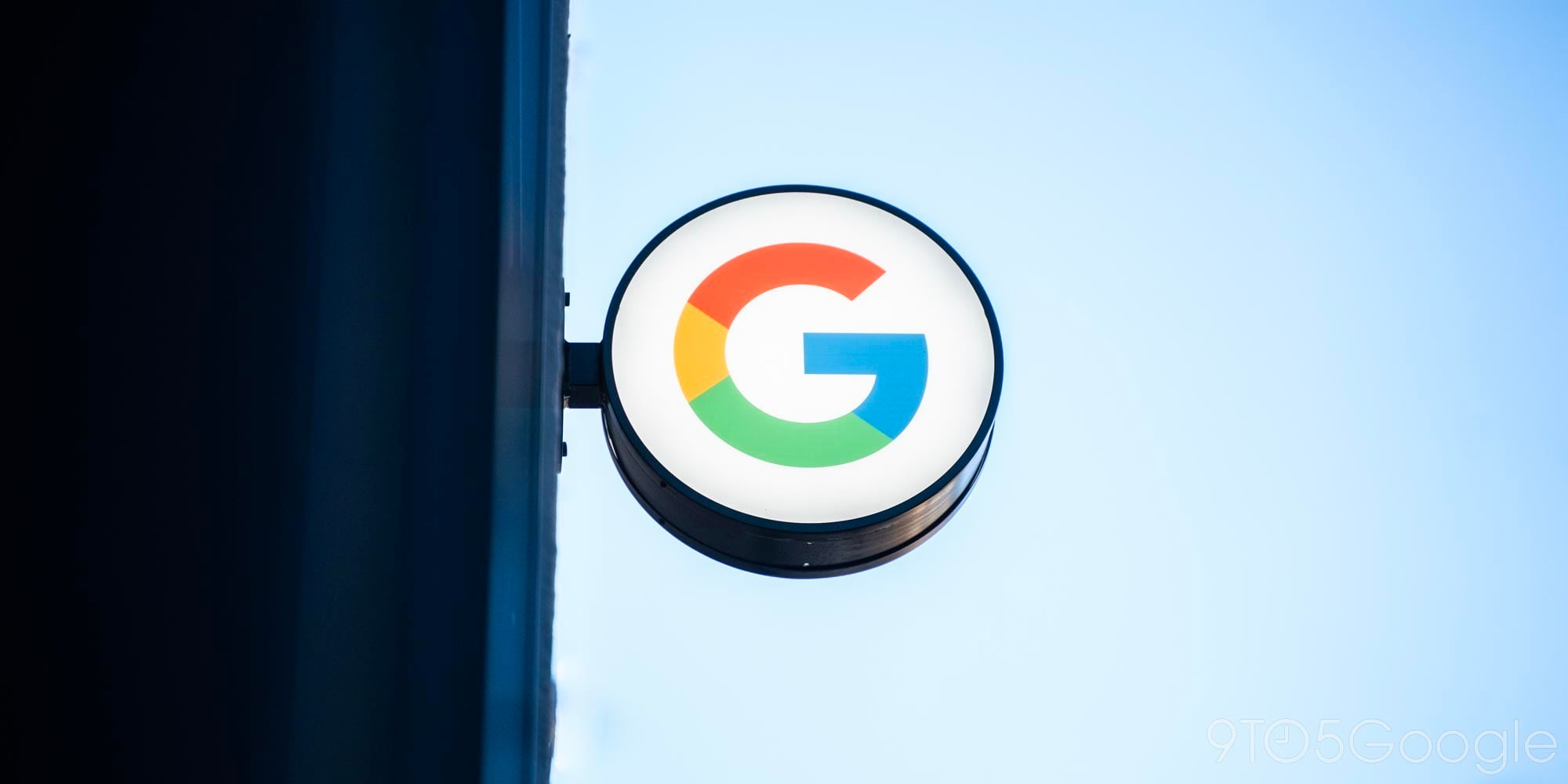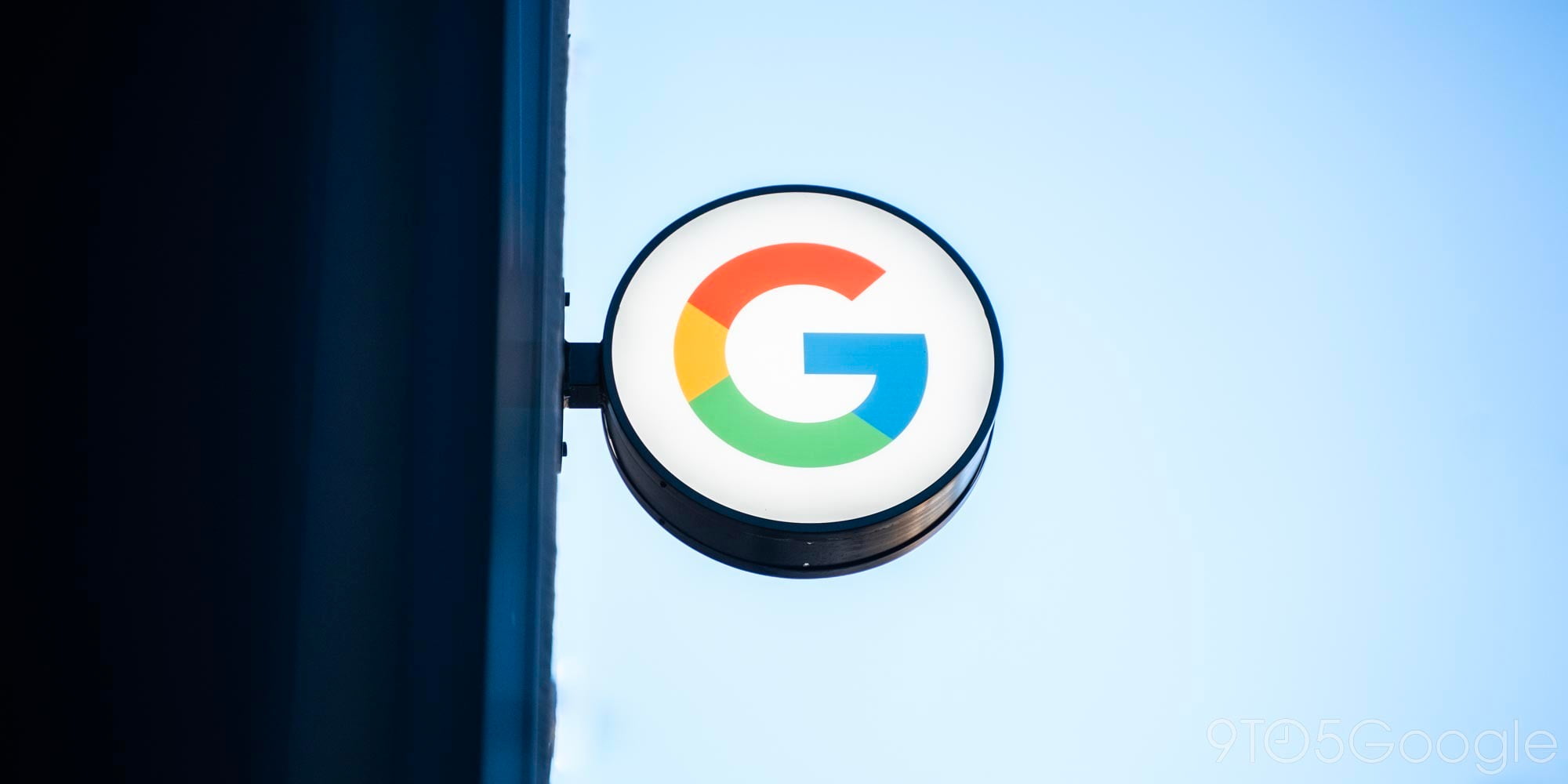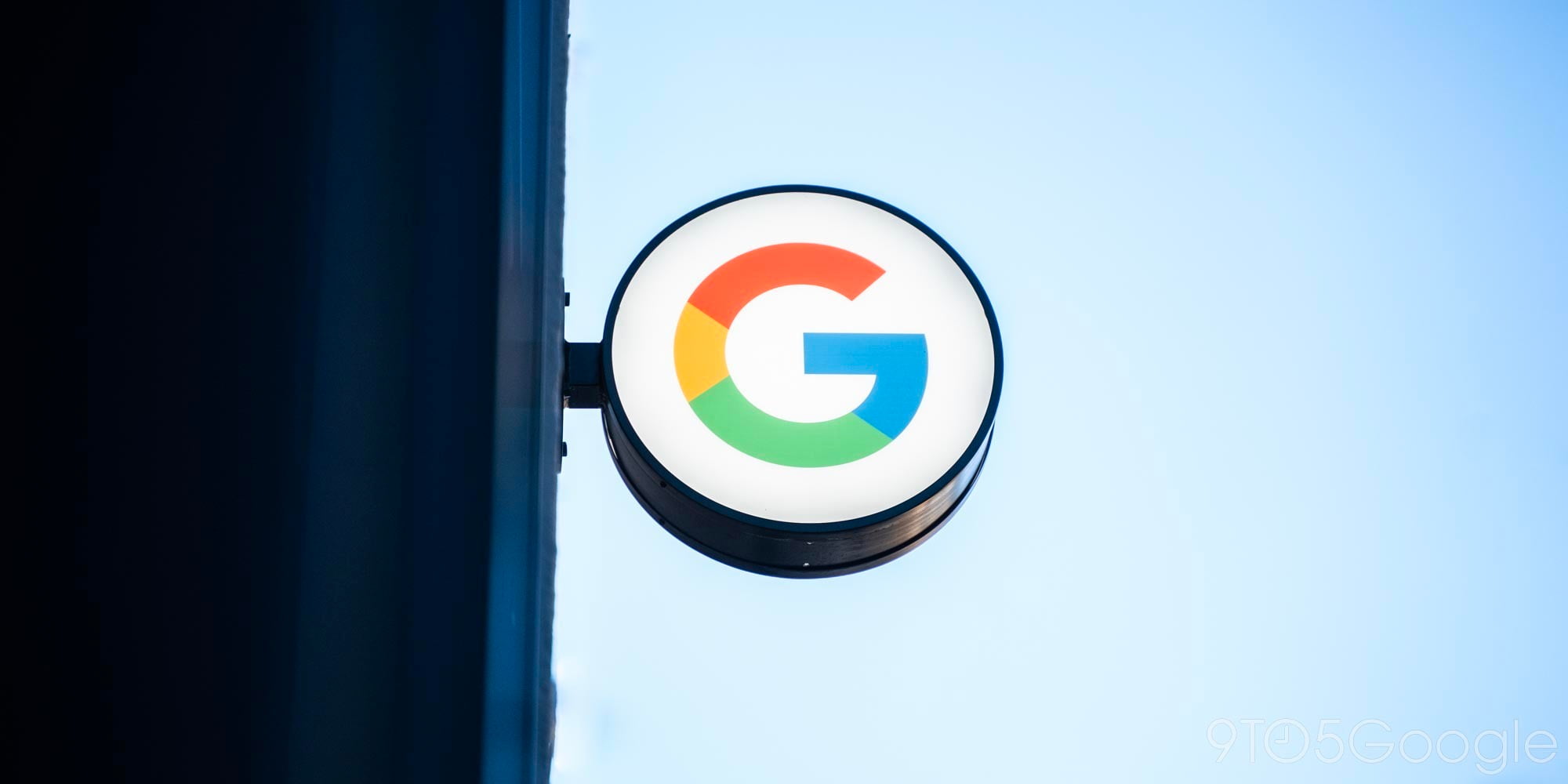Google Adwords


Ahead of the Game Developers Conference next week, Google’s ad services are launching new tools to help gaming developers better advertise apps. This includes video ads in the Play Store and more types of rewarded ads.

Following a massive anti-trust case from the European Union, Google announced yesterday that it was making some big changes to shopping advertisements in search results.


In a world full of fake news, clickbait headlines, and online scammers, Google is working hard to only display legitimate and trustworthy advertisements on its massive ad network. To achieve this, Google removed over 1.7 billion “bad ads” in 2016 — more than double the number of ads taken down in 2015…


Google Adwords will be banning ads for so-called ‘payday loans’ and other lending at very high interest rates. As of July 13th, Google will no longer accept ads for loans that have to be repaid within 60 days, or any loan with an APR exceeding 36%.
The change was announced on Google’s Public Policy Blog.
When reviewing our policies, research has shown that these loans can result in unaffordable payment and high default rates […] This change is designed to protect our users from deceptive or harmful financial products.
Google also shared a stat on action taken against harmful ads in general …


As Sundar Pichai said in the 2016 Founders’ Letter, advertising allows Google’s services to be free. At the same time, it cares about delivering high quality ads and nothing ruins the experience more than accidental clicks. In a blog post, the company delved into various measures that prevent accidental clicks and announced it was extending click protections to native ads on mobile.


Adobe Flash is notoriously both resource intensive and ubiquitous on the web, which hasn’t helped the open web survive in the consumer shift to mobile devices that have smaller screens and processors. Flash isn’t even supported in most mobile environments anymore because of its poor performance. Google is as a result working hard to eliminate Flash content from its ad network and create a better web browsing experience. Today it announced September 1st is when it will begin pausing many of the Flash ads seen around the web for users of its Chrome web browser.
Fortunately for Google, it’s able to convert most of the Flash ads uploaded to its AdWords advertiser network to the less intensive HTML5 automatically. The company provides a section on its support site where advertisers can go to see what Flash ads are eligible for this conversion, and it has even made a step-by-step tool for converting ads which can’t be automatically converted or haven’t already been uploaded to Google’s servers.
Google first announced this shift back in June, and while the company has its own mobile operating system with a massive amount of native apps in the form of Android, it’s still a big proponent of the web. Perhaps because that’s where it was born, but really because the web isn’t closed off like mobile operating systems, and the underlying hypertext language of the web allows the company to easily scrape and index it for its Search business, among other things. The company introduced a setting to its Chrome browser in March which enables this disabling of Flash plugin content. Chrome for Android and iOS doesn’t support it at all.


One of the backend improvements in Apple’s upcoming iPhone and iPad operating system update iOS 9 is a strengthening of app security when accessing data from webservers. The new App Transport Security (ATS) feature ensures that only connections encrypted using HTTPS are permitted. There’s just one problem with that: not all advertisers use HTTPS, so ATS will stop some ads appearing in apps.
Google has responded by providing developers with five lines of code that allow them to disable ATS …
Expand
Expanding
Close

Google has a lot of data on how different decisions made throughout the creation of an AdWords display marketing campaign can lead to a lot of different end results. Now it wants to use that insight to help marketers make the right decisions to reach their objectives, be it a transaction or even just an engagement with their website, and has created a step-by-step solution to do just that.
The new tool for display ads, live now in AdWords, takes marketers through the whole ad campaign creation process based on what they want to result to be. For example, someone who just wants people to visit their website may not realize that they can pay just for each click they get, rather than every single impression. Someone who wants to optimize for the amount of times their advertisement is simply seen, though, will probably want to pay for viewable impressions, or those ad placements guaranteed to be visible on the page (i.e. not needing the user to scroll to see them). Using the new setup flow, advertisers can also input their website URL and have Google choose keywords they may want their ad to appear against in search results.
There are a lot of small decisions like these that advertisers have to consider when creating a new campaign, and a lot of ways to make a mistake that impacts the results. So this new tool simply makes it a lot easier to not mess up. It’s important for Google, too, because a low return on investment for an advertiser is a negative experience that may lead them to not using AdWords again.

The confluence of several different events – the great shift to mobile computing where there’s little screen real-estate, a spurning of display ads, to name just two – is causing content creators and consumers alike to rethink how today’s media gets funded. Sites like Patreon and Kickstarter remove the middle-man from the funding process for projects which require lots of upfront investment and see slow development times by allowing anyone to contribute any amount of money they want to a project’s development.
Google last year threw its own hat into the crowdfunding space with the soft launch of Contributor, a way through which consumers can pay a monthly recurring donation to fund the sites they visit while seeing less ads. Now anyone in the United States can actually use it starting today.
Expand
Expanding
Close

Google AdWords, the online advertising service that allows marketers to purchase advertising across multiple platforms and formats (i.e. images, video), has a neat new addition which recognizes that more people are connecting to the Internet from more devices.
Estimated Total Conversions, a larger tool which tracks ad clicks that lead to a conversion (i.e. a sale), can now track the number of display advertisement clicks that occur in a browser and end as a sale in an app, or vice versa. This also works cross-device when the converting customer has at any point logged into their Google account from both devices.
Expand
Expanding
Close

In a world where we’re increasingly reliant on our phones to navigate the world, online reviews can make or break local businesses. Lawsuits regarding negative reviews show up in the news at least a couple times every year, and these review pages are increasingly becoming the battleground where individuals protest against businesses partaking in practices they disagree with. On the other hand, however, a good rating online can entrench and create a moat around a business for years to come. That’s why Google now allows advertisers to include their Google reviews in their AdWords ads.
Expand
Expanding
Close


The Financial Times is reporting that European mobile carriers are planning to block Google and other web ads in order to reduce demands on their networks and break Google’s hold on advertising (via TNW).
According to the story, which cites anonymous sources, the carriers have installed software from Israeli ad-blocking firm Shine in their data centers to block advertising in Web pages and apps, but not social networks.
Many websites, 9to5Google among them, depend on ad revenue to deliver free content to their readers. Any move to block ads could have far-reaching consequences …
Expand
Expanding
Close


Google today has revealed that it is launching its Google Compare service for car insurance in California. The feature was rumored back in January, but Google officially announced it today in a post on the Inside AdWords blog.


In a post on its Analytics Google+ page, Google has announced that it’s adding Treemaps support to the Acquisition section of AdWards Analytics. Treemaps, Google says, bring quick visual insights to your AdWords performance.

[youtube=https://www.youtube.com/watch?v=lUsLPPuJhZc]
Lightbox – the scalable multimedia ads that Google first introduced to the desktop back in 2012 and finally brought to mobile devices in September of this year – are now available to all AdWords advertisers globally.
The Lightbox format allows advertisers to quickly and easily combine existing video, images and maps in an HTML5 ad that will scale correctly for all standard ad sizes and devices. Hovering over the ad expands them to full-size no matter what the device …
Expand
Expanding
Close

Digiday reports that Google has implemented the tracking system it described last month, allowing it to see whether people seeing ads for local stores do in fact visit them.
If someone conducts a Google mobile search for “screwdrivers,” for instance, a local hardware store could bid to have its store listing served to that user. By pairing that person’s location data with its database of store listings, Google can see if the person who saw that ad subsequently visited the store.
Google can do this by default on Android devices – it’s one of the things you agree to in the small-print when you switch on location services – and on iOS devices when people use Google apps.
It’s effectively the real-world equivalent of cookies. When you’re exposed to an ad for the Acme Hardware Store, a cookie will often be placed on your PC. When you visit the Acme website, it can read that cookie and see that the ad worked. This does the same thing for visits to physical stores.
Via Engadget